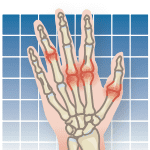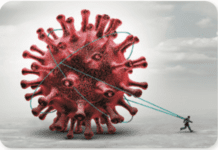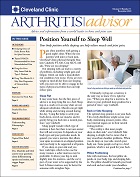We rely on cartilage more than we know. The amazing slick, rubbery material is the buffer that protects the ends of bones, allowing us to walk, run, bend, or flex as the internal surfaces revolve, rotate, and glide smoothly against and over each other. A repetitive cushioning cycle that is taken for granted, the need for cartilage as a self-lubricating shock absorber becomes painfully obvious to arthritis sufferers as their cartilage begins to break down. As we age, cartilages collagen framework becomes thinner and weaker. The once-powerful joint protector now is soft and prone to damage, leading to creaky, painful joints. Yet, there are ways to treat and repair injured cartilage, says Morgan Jones, MD, Department of Orthopaedic Surgery, Cleveland Clinic Sports Health. "Two of the most important factors for treating sore joints are weight loss and exercise-yet, there are many additional treatments to help you manage joint pain."
To continue reading this article or issue you must be a paid subscriber.
Sign in






























